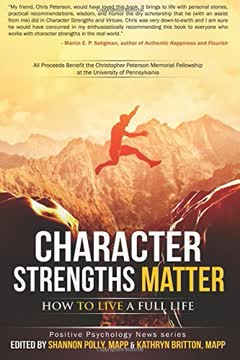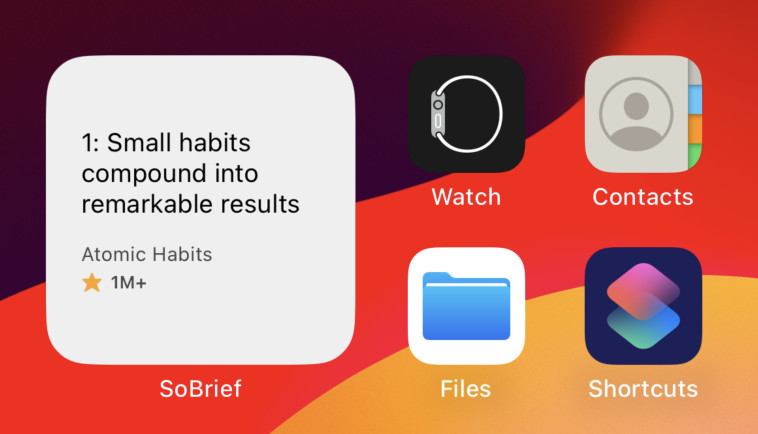Key Takeaways
1. Character Strengths: The Foundation for a Full Life
Character strengths are the components of the good life.
Defining goodness. Character strengths are universal qualities, valued across cultures, religions, and time, representing the elements of strong and virtuous behavior. They provide a "vocabulary for speaking about the good life" and an assessment strategy for understanding its components, helping individuals and communities thrive.
Beyond happiness. While often linked to happiness, character strengths contribute to a richer, more meaningful existence, encompassing positive emotions, personality traits, and organizational well-being. They are the backbone of positive psychology, shifting focus from ameliorating suffering to understanding and building what is best in human beings.
Leveraging potential. Awareness of one's character strengths allows for intentional use, benefiting oneself, family, workplace, and community. This understanding fosters greater energy, involvement, and perseverance, enabling individuals to navigate challenges and pursue a "full life."
2. Christopher Peterson's Legacy: The VIA Classification
This book is dedicated to the memory of Christopher Peterson (1950-2012), our mentor and inspiration in the exploration of character strengths.
Pioneering work. Christopher Peterson, a co-founder of positive psychology and science director of the VIA Institute on Character, led the monumental effort to classify 24 elementary character strengths. This classification, detailed in "Character Strengths and Virtues: A Handbook and Classification," provides a foundational framework for understanding human goodness.
Rigorous development. The VIA Classification was developed through a three-year process involving 55 renowned scholars and practitioners, applying ten strict criteria for inclusion. This ensured the identified strengths were fundamental, distinct, and universally valued, much like a "Periodic Table of Chemical Elements" for human character.
Enduring impact. Peterson's work has inspired millions, with over three million people taking the free VIA Survey to identify their strengths. His legacy continues to advance the science and practice of character, with proceeds from this book supporting the Christopher Peterson Memorial Fellowship, fostering future positive psychology practitioners.
3. The 3-Step Journey: Aware, Explore, Act
This is a book to help you explore and take action.
Awareness is first. The journey to a full life begins with becoming aware of your existing character strengths. The online Values in Action (VIA) survey is a crucial tool, providing a ranked list of your 24 strengths, from most to least expressed.
Explore your strengths. Once aware, the next step is to explore the strengths that interest you, especially your "signature strengths"—those you apply most naturally, in multiple settings, and that bring you the most energy. This exploration also includes understanding how you might be overusing or underusing certain strengths.
Take mindful action. The final step is to take action, using your strengths mindfully to work toward goals or solve life's problems. This intentional application of strengths has been shown to significantly improve well-being, engagement, and overall life satisfaction.
4. Signature Strengths: Your Core Identity and Energy
What strengths are most essential to who you are and define you as a person?
Defining identity. Signature strengths are those core qualities that are most essential to who you are, defining you as a person and how you approach life. They are energizing, easy to use, and consistently applied across various settings, reflecting your positive identity.
Research-backed benefits. Studies consistently show that intentionally using signature strengths in new ways leads to significant increases in happiness and decreases in depression, with effects lasting for months. This intervention has been validated across diverse populations and cultures, proving its universal efficacy.
Practical application. To leverage signature strengths, anchor their use to daily activities, mindfully integrating them into routines like team meetings or dog walks. Mapping strengths across intrapersonal/interpersonal and mind/heart facets can also deepen understanding and expand their application, transforming everyday experiences.
5. "Act As If": Embodying Strengths for Growth
Acting “as if” gives people opportunities to enact best possible outcomes or to create new stories about their lives.
Beyond fixed roles. Society often pigeonholes individuals into specific roles, limiting creativity and development. The "act as if" principle, rooted in acting techniques and psychology, encourages people to break free by consciously adopting new behaviors and roles, even if they feel unfamiliar.
Expanding potential. By acting "as if" you possess a desired strength—like kindness or curiosity—you venture into your "zone of proximal development," expanding your ideas about what's possible. This temporary, experimental approach helps overcome resistance to change and fosters personal growth.
Reading aloud. A powerful method for "acting as if" is reading literature, speeches, or monologues that embody a particular strength. This practice sharpens focus, connects to emotions, increases vocabulary, and provides an opportunity to "play" new characters, literally building character strengths through embodiment.
6. Balancing Strengths: Avoiding Overuse and Underuse
Each individual has a particular configuration of the 24 character strengths, some overused, some underused, and some used in just the right amount.
Optimal application. While strengths are inherently positive, their impact depends on how they are used. Each strength can be overused, underused, or applied "just right," highlighting the importance of self-awareness and moderation.
Recognizing imbalance. Overuse can lead to negative consequences; for example, excessive teamwork might lead to burnout by prioritizing group needs over personal well-being. Underuse, like a brilliant biochemist failing to apply open-mindedness, can hinder relationships and growth.
Cultivating balance. Identifying how a strength feels when used optimally versus suboptimally helps individuals adjust their behavior. Tempering a challenging strength like open-mindedness with complementary strengths, such as appreciation of beauty, can lead to more balanced and effective application, enhancing overall well-being.
7. Curiosity: The Engine of Growth and Well-being
Curiosity is a strength that people can wield.
Intrinsic drive. Curiosity represents an intrinsic desire for experience and knowledge, actively pursuing novelty, variety, and challenge. It's a fundamental engine of growth, consistently and highly related to nearly every facet of well-being, including belonging, meaning, confidence, and creativity.
Countering anxiety. Curiosity acts as a powerful counter-motivation to anxiety, encouraging approach behaviors over avoidance when faced with new people or challenges. Embracing curiosity means taking risks, making mistakes, and discovering strengths, leading to a richer, more meaningful existence.
Lifelong learning. Curiosity fuels self-exploration, helping individuals identify passions and purpose through trial-and-error experimentation. It buffers age-related cognitive decline and reduces the risk of degenerative brain diseases, making active exploration a vital antidote for maintaining brain health and vitality.
8. The Power of Relationships: Love, Kindness, Social Intelligence, Teamwork
The only thing that really matters in life are your relationships to other people.
Love's enduring nature. Real love is characterized by enduring, unselfish attachment, fueled by oxytocin and distinct from addiction. It involves sharing aid, comfort, and acceptance, fostering strong positive feelings, commitment, and even sacrifice, making relationships a cornerstone of a fulfilling life.
Kindness and connection. Autonomous acts of kindness, motivated by a genuine desire to help, significantly increase the well-being of both the giver and the receiver. This wholehearted giving improves relationship quality and fosters a sense of shared humanity, making others feel valued.
Social intelligence and teamwork. Social intelligence involves mindful perception of others' emotional experiences, fostering empathy and reciprocal obligation. Teamwork, or citizenship, means directing group activities toward collective success, building good relationships, and preserving morale, often requiring individuals to set aside ego for the greater good.
9. Strengths in Action: Applying Them Across Life's Domains
Part 2 shows applications of character strength knowledge in different contexts: with small children, with disadvantaged youth, in business settings, even on vacations.
Business transformation. In professional settings, understanding and applying strengths can resolve long-standing issues. For example, a manager struggling with temper found that consciously tapping into kindness and empathy, rather than just fairness, transformed client relationships and improved business outcomes.
Enriching family life. Cultivating strengths in young children, such as love, zest, and hope, fosters their mental and emotional well-being and mitigates the risk of anxiety and depression. Parents can "strength spot" during play, reflect on peak experiences, and create "Strengths Walls" to celebrate their children's unique gifts.
Supporting high-risk youth. For disadvantaged youth, identifying and discussing strengths like spirituality can provide a sense of purpose and connection, offering a valuable "toolbox of life skills." This strengths-based approach helps them rebuild trust, initiative, and industry, fostering post-traumatic growth and resilience.
10. Cultivating Strengths: A Lifelong Practice for All Ages
Reflecting and working on character strengths is a life-long process.
Continuous growth. Character strengths are not static; they can be cultivated and strengthened throughout life. This ongoing process involves self-reflection, intentional practice, and mindful observation of oneself and others.
Spiritual fitness. Even in old age or during periods of trauma, spiritual fitness can be built by finding meaning in suffering, practicing forgiveness, and engaging in life reviews. Activities like gratitude letters, reminiscence groups, and mentoring can foster peace and contentment.
Practical steps. To continue growing, individuals can:
- Practice using strengths in new ways (e.g., Tayyab Rashid's actions).
- Observe strengths in others (e.g., in daily life, books, movies).
- Read articles and books on positive psychology.
- Write about personal experiences with strengths.
11. Complex Strengths: Building Beyond the Basics
The VIA Classification of Character Strengths identifies, as best we can, basic elements of character, which in combinations form the rich texture of human character.
Elemental building blocks. The 24 VIA character strengths are considered elemental traits, much like the periodic table's elements. They are fundamental and cannot be broken down into simpler strengths, yet they combine in myriad ways to form more intricate aspects of human character.
Synergistic combinations. These elemental strengths can combine to create "complex character strengths" or "compound strengths." For instance, persistence, open-mindedness, and self-regulation might synergistically form "patience," or open-mindedness and fairness could combine into "tolerance."
Enhancing human condition. Understanding how these basic elements combine provides a framework for deliberately constructing and cultivating more complex traits. This knowledge can be applied to improve the human condition, offering a deeper appreciation for the rich texture and potential of human nature.
Last updated:
Review Summary
Character Strengths Matter receives mostly positive reviews, with readers praising its accessibility and practical approach to developing character strengths. Many find it a valuable resource for personal growth and coaching. The book is commended for its scientific foundation, literary references, and actionable steps. Some readers appreciate its concise nature, while others find it less helpful than online resources. Overall, reviewers value the book's focus on cultivating positive traits and its potential to enhance personal and professional life.
Similar Books
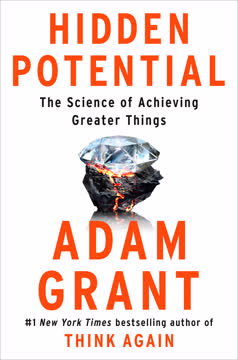

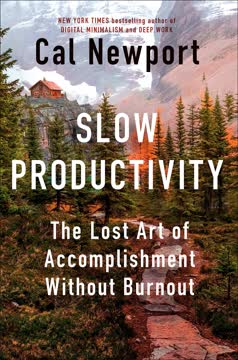
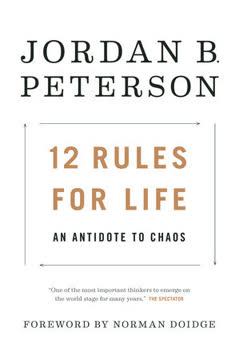
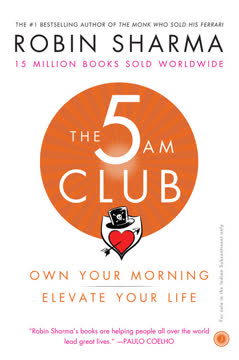
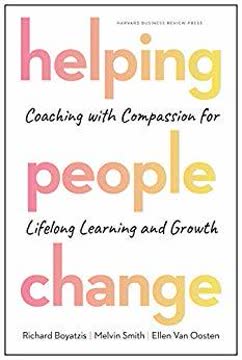


Download PDF
Download EPUB
.epub digital book format is ideal for reading ebooks on phones, tablets, and e-readers.
